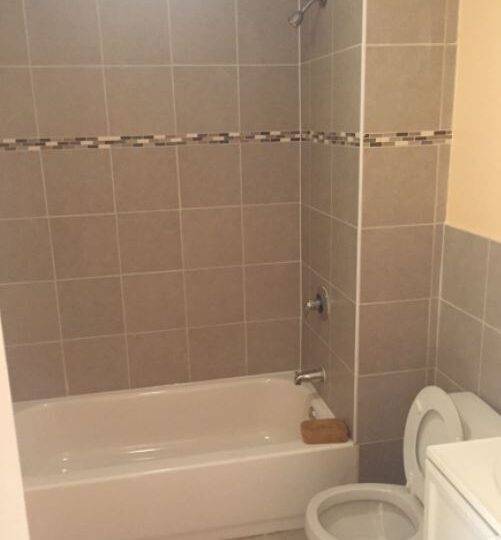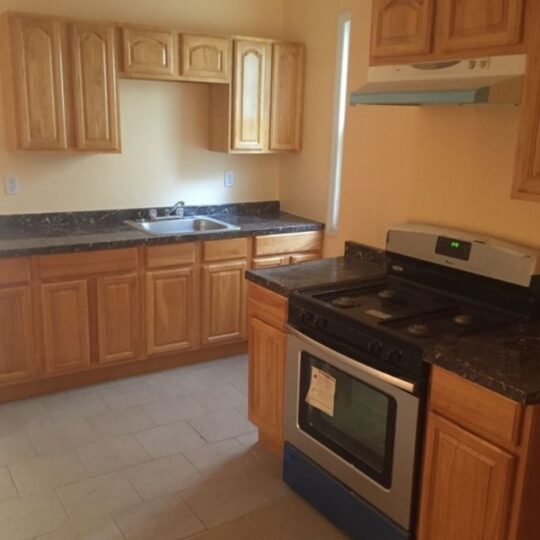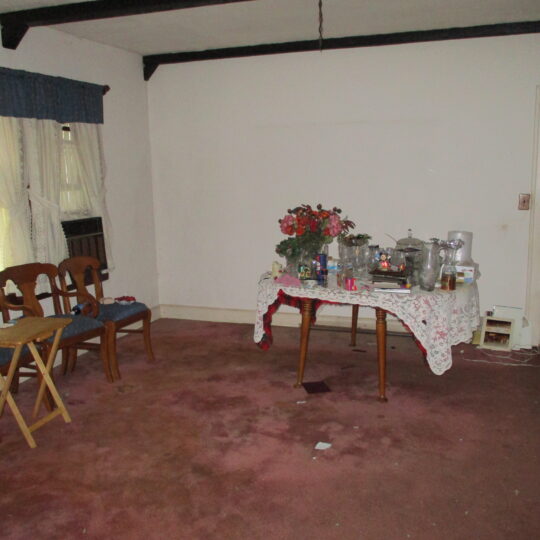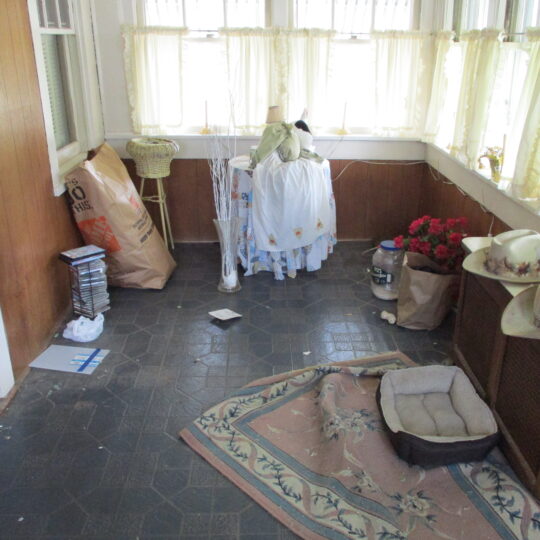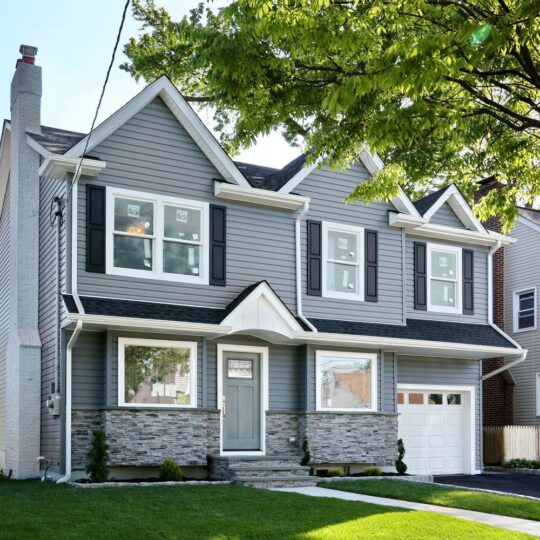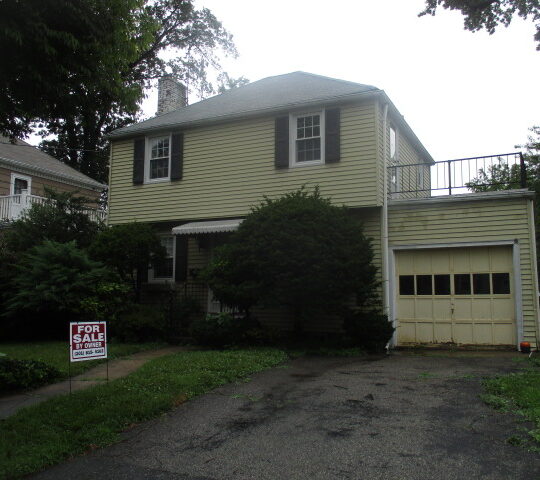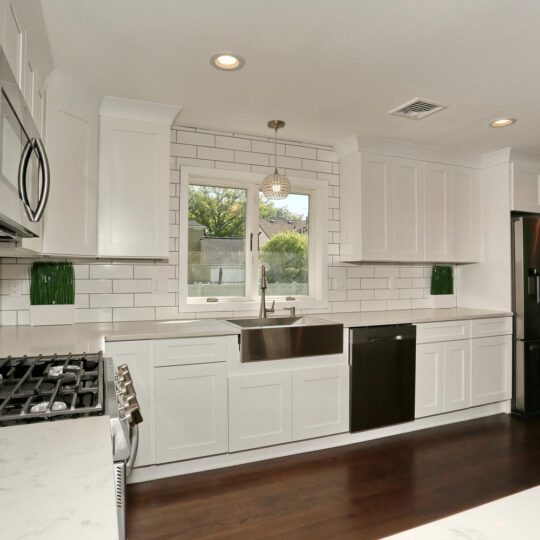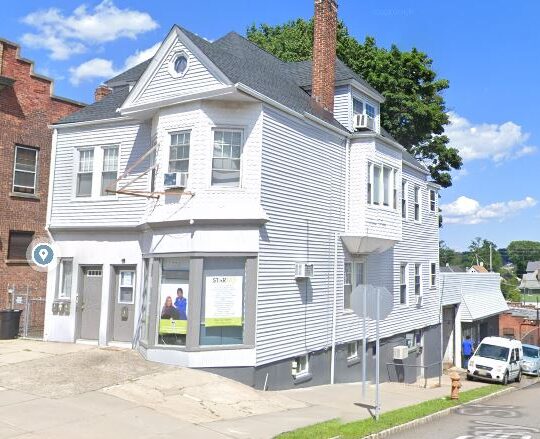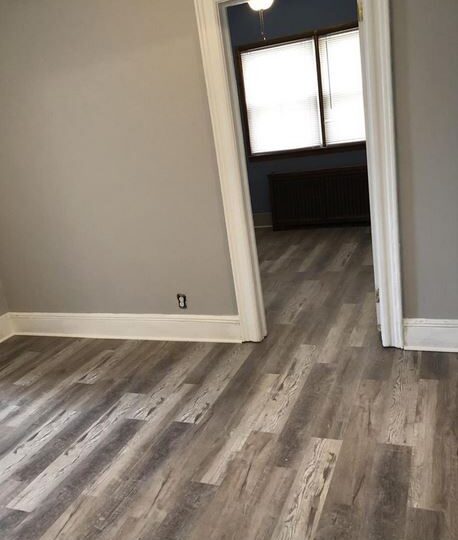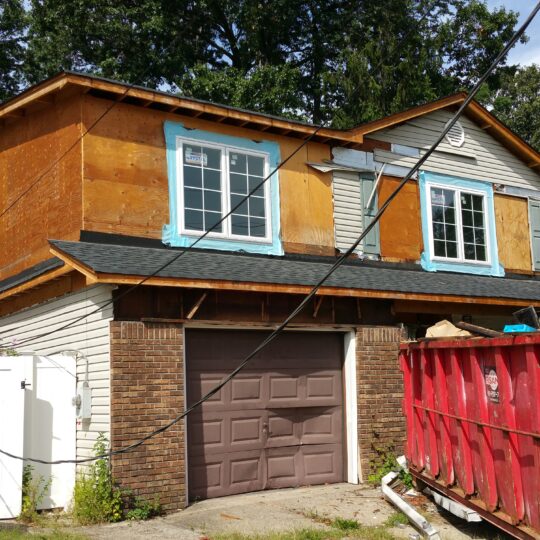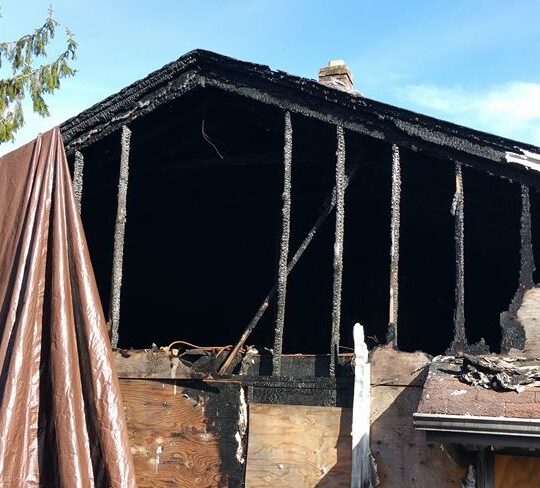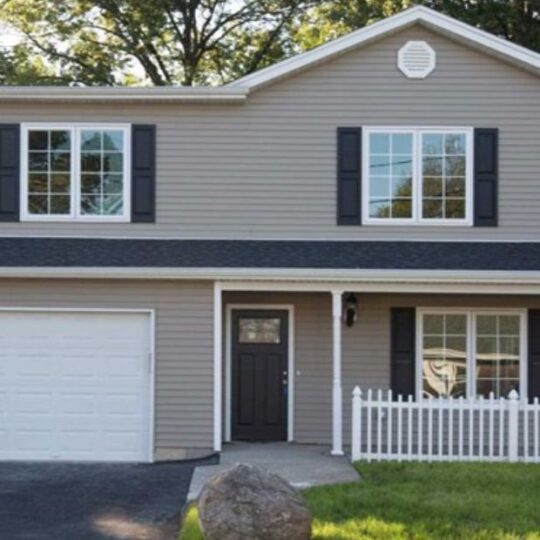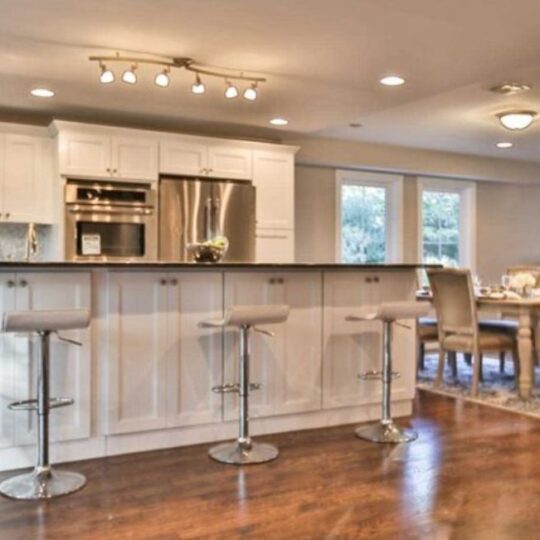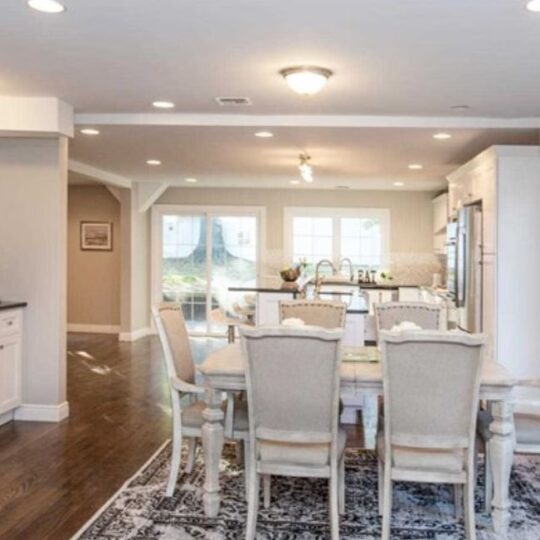There are many steps in the home buying process, but few are as impactful as the home inspection.
By the time you put in an offer on a house, you may think you know all there is to know about the property. However, a professional home inspection can offer much-needed reassurance to home buyers by allowing them visibility into any potential problems before closing on the home. Keep reading to learn more about home inspections and how you can prepare for them with our home inspection checklist!
What Is A Home Inspection?
A home inspection is a noninvasive, visual examination of the physical structure and systems of a home. If an inspection unearths problems, you can negotiate with the seller to lower the home’s price or arrange for repairs before closing. You may even decide to cancel the sale if there’s a big problem with the home and you can’t negotiate a lower purchase price or otherwise reach an agreement with the seller.
A home inspection is different from a home appraisal. An appraisal is an estimate of how much your property is worth. Mortgage lenders use appraisals to make sure the home is worth the amount they’re lending. An appraiser doesn’t go over the fine details of the home, but rather looks at local property values and the home’s overall condition.
A home inspection usually takes place right after the seller accepts an offer from the buyer. After both parties sign the purchase agreement, the home goes into escrow. This process happens before the appraisal. It’s important to note, the home buyer is typically responsible for paying for the inspection because it protects them from purchasing a home with significant issues.
The Home Inspection Process: What Buyers Should Know
There is more to the home inspection process than what happens on inspection day. As the buyer, there are certain steps you can take before and after the inspection to ensure you have the information you need about the home you’re buying.
The Home Inspection Contingency
A home inspection contingency is a clause added to a real estate contract stating that the purchase is contingent on the results of the home inspection. This allows home buyers to cancel the sale or negotiate repairs based on the inspection results.
If you decide to add a home inspection contingency, you will have a specific time frame to schedule and conduct the inspection, as well as any potential follow-up evaluations. For example, if there is a plumbing issue and the inspector recommends consulting a plumber for a more in-depth look, the buyer is responsible for finding a plumber and getting the information they need to either move forward or withdraw from the sale before the period ends. Typically, buyers have about 1 – 2 weeks to complete this process.
If there are any deal-breaking issues on the inspection report, the home inspection contingency empowers buyers to pull out of the sale at no extra cost, making this one of the best ways to protect yourself against surprise costs after move-in.
Home Inspection Day
Your home inspector is the expert, but there are still things you can do as the buyer to ensure the process goes smoothly. When possible, we recommend home buyers attend their home inspection so they can see the damage firsthand and ask questions. Having these discussions with the inspector in real time leads to more in-depth information about your home than what you will find on the inspection report.
As you’re walking through the house, try not to get hung up on the number of defects, as often these repairs are very minor. Instead, dig into the severity of the issues to determine if there are any deal breakers that would prevent you from moving forward with the sale.
The Home Inspection Report
After the home inspection, you will receive a report that covers the property’s major features and notes any problematic issues that may need attention.
A good inspector will take the time to walk you through the report and their findings. This may include any damage or wear that they found in the home, no matter how minor. It’s their job to make note of every flaw, so your report will likely have a lot of issues listed on it. This does not mean that everything is something that should cause concern – they’ll be able to help you discern what may be hazardous or a red flag.
Asking For Repairs Or A Discount
If your home inspection report contains significant damage, you may be able to ask the seller to cover the cost of the repairs or negotiate a discount on the purchase price.
Although you can’t expect the seller to fix every defect in the home, you can use the information in the inspection report to demonstrate the additional expenses you would have due to the necessary repairs. A good rule of thumb is to only negotiate the cost of major repairs. If it can be described as normal wear and tear, the buyer will likely be responsible for it!
If you’re comfortable paying for the repairs yourself, you also have the option to negotiate a reduced sale price based on the cost of the repairs.
Home Inspection Checklist: What To Look For
After conducting research and vetting options, you should have a professional home inspector you can rely on who knows what to look for in each part of the home. However, understanding what the inspector is looking for can help you ask questions to better understand the extent of the damage. This checklist is a comprehensive overview of what to look for in a home inspection.
Grounds And Exterior Structure
- Foundation appears in good condition with no significant cracks
- No evidence of leaks from septic tank
- Drainage away from the house with no standing water
- Exterior walls appear straight with no sagging
- Windows and door frames appear square
- Siding appears in good condition with no cracks or damage
- Bricks appear undamaged with no cracks in joints
- Paint is not flaking or stained
- Roof shingles are not missing or damaged
- Gutters show no decay and drain properly
- Chimneys appear straight and undamaged
- Detached garage, shed, fence and deck appear in good condition with no rotted wood or evidence of termites
Basement
- No evidence of moisture
- No evidence of water damage to above floor
- Sump pump operates properly
Attic
- No evidence of staining from roof
- Structure shows no damage or decay
- Adequate ventilation through soffit vents and end louvers
- Insulation is sufficient and installed properly
- Electrical splices are contained
Bathrooms
- Visible plumbing under sink is in good condition and shows no signs of water damage
- Adequate water pressure for hot and cold water at all fixtures
- Tub, shower and sinks drain smoothly
- Toilet flushes and fills properly
- Toilet is stable, with no rocking or stains at base
- No evidence of leaking around base of tub or shower
Kitchen
- Visible plumbing under sink is in good condition and shows no signs of water damage
- Working exhaust fan vents to outside
- Garbage disposal is operational
- Water flow to sink is adequate and drains properly
- Built-in appliances operate properly
Interior Rooms
- Floors, walls and ceilings appear straight and level without visible stains, cracking or damage
- Doors open easily and latch properly when closed
- Lights and switches operate properly
- Adequate number of electrical outlets in each room
- Heating and air conditioning vents in all rooms
- Fireplace has no cracking and shows no staining
- Fireplace flue has been cleaned and is lined
- Smoke detectors and carbon monoxide detectors are working and located properly
- Stairway treads and risers are solid
Electrical Systems
- Wiring is in good condition
- Service panel has normal capacity with cables attached correctly
- Cables are secured and protected
- No exposed electrical splices
Heating And Cooling Systems
- No gas odor
- Air conditioning and heating operate well
- Air filters are clean
- Flues have no open seams and slow up to chimney connection
- Cooling unit has no visible rust
Plumbing
- Visible pipes have no damage or evidence of leaks
- Water heater shows no signs of rust
- Water pressure falls within accepted range
- Hot water temperature does not exceed 125-degrees Fahrenheit


